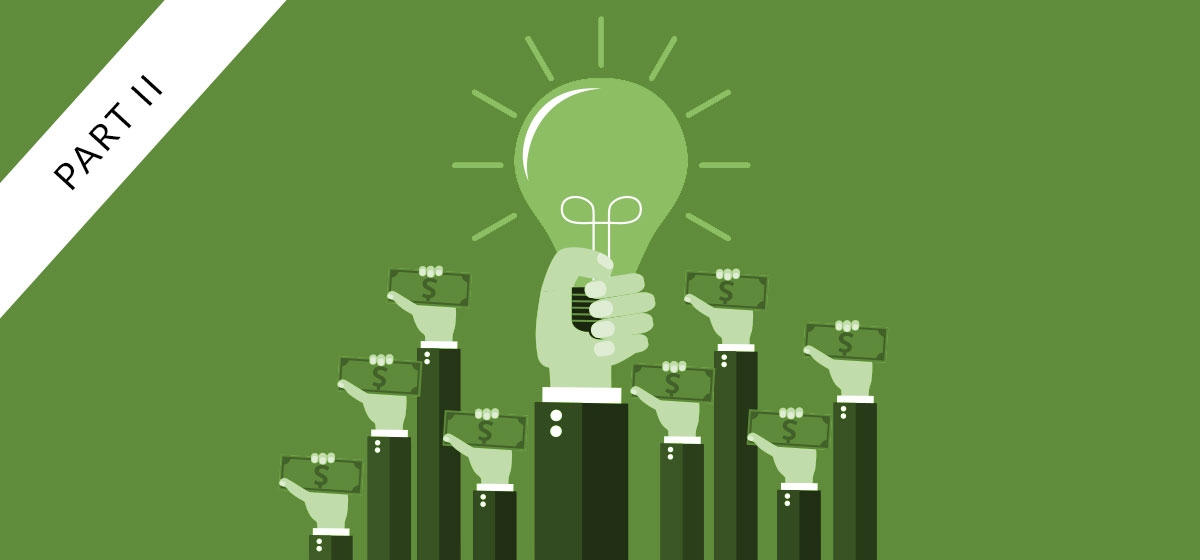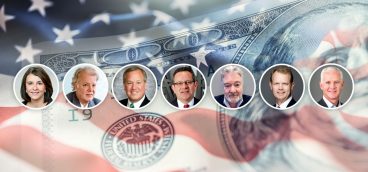The Fed and Friends

We are talking about the traumatizing events that rocked the asset management business, to say nothing of the world, beginning in 2008, a calamity brought to us courtesy of the world’s central bankers.
I’ve discussed elsewhere the bizarre strategies of the U.S. Fed and its various doppelgängen at other central banks around the world. But just to summarize, since I never tire of dumping on central bankers, this is the sorry history of central banker intervention in the economy and markets over the past decade.
Following the Tech Bust (2000–2002), the Fed reduced rates and then kept them low, even as risky behavior proliferated. As the world hurtled toward a catastrophe powered by the mountains of debt the Fed had encouraged, especially in the housing sector, the Fed was so clueless that its Chairman (Bernanke) could say:
“Unquestionably, housing prices are up quite a bit *** but I think it’s fair to say that much of what’s happened is supported by the strength of the economy.”
Uh huh.
Then, with the credit crunch morphing into a full-blown financial crisis, the Fed first decided to save Bear Stearns by merging it into JP Morgan, then announced that it lacked the legal ability to save Lehman Brothers. This was so preposterous an explanation that it was central banker code for “We’re completely clueless.”
The decision to let Lehman go proved immediately catastrophic and the entire global financial system teetered on the brink of collapse. If Lehman was insolvent, financial markets players reasoned, how could they possibly trust any other bank?
With the financial system grinding to a halt, the Fed panicked. Hare-brained ideas were desperately rolled out. There was no need for any of this, however, because J. Pierpont Morgan had already demonstrated how you stop a financial crisis more than a century earlier (during the Panic of 1893): you put up a bunch of money, and you guarantee that the world isn’t going to collapse. Panic over. But did it occur to the Fed to simply announce that it was standing by the obligations of every systematically important bank? It did not.
After panicking and rolling out its hare-brained ideas, the Fed couldn’t think of anything better to do than something called “quantitative easing.” This was certainly an odd choice of weapon, since it had already been tried in Japan a decade earlier and hadn’t worked. To the surprise of no one, QE didn’t work this time, either. Year after year the Fed predicted U.S. growth rates that were roughly twice what the economy actually produced. Imposing QE on the U.S. economy was like tossing sand into the gears of a fine Swiss watch.
QE was designed to, and did, reward bad behavior on the part of economic actors. Did you save your money for retirement? Silly fool—the Fed ensured that you couldn’t live on your bond interest. Leverage up like the world was coming to an end? Not to worry, the Fed would bail you out.
I never really thought of myself as a Niebuhrian, that is, someone who believes that individuals can be moral but that larger groups—like governments and central banks—are inherently immoral. But after watching the Fed and its clones since the late 1980s, I’m inclined to believe that old Reinhold was right on the money.
Although national economies differ dramatically in their structure (the role of banks, the size and pricing of the housing sector, the structure of the capital markets, etc.) all the central bankers in the world woke up the day after the Fed launched QE and announced that they had found the precise cure for their problems—QE! It was as hilarious—okay, sad—an example of mindless groupthink as one could hope never to see.
That’s not to say that QE had no effect on the economy, however. When you buy up all the bonds, you drive the prices of bonds way up, and the yields on bonds way down. Since no one wants a zero-yielding bond, everybody sold their bonds and bought stocks. That sent the stock market into the stratosphere. Moreover, it sent the stock market into the stratosphere indiscriminately. Everything went up—good securities, mediocre securities, bad securities. It wasn’t the biggest bubble in history, but it was broadest and most unselective bubble in history.
The Fed claimed it was only employing QE to create “the wealth effect.” I.e., as the stock market went up people would feel richer, would spend more, and the economy would grow faster. But this idea betrayed a fantastical ignorance about how the world actually works. In the first place, the only people who own enough stocks to matter are affluent people, and affluent people don’t spend more just because the stock market goes up. In the second place, people are smart enough to distinguish between a stock market that is going up for organic reasons and a stock market that is being rigged to trick them into spending more. Bernanke once remarked that, “QE doesn’t work in theory, but it works in practice.” Well, he got it half right.
Economically, QE had two results. First, by disguising the true cost of money, it ensured that capital would be misallocated and that real GDP growth couldn’t exceed about 1.5%—for years. Second, as the rich got richer and the middle class didn’t, it propelled a vast increase in inequality. Taking these two factors together, the ultimate consequences were, among others, President Donald Trump, Brexit, and the rise of populist parties almost everywhere. Thanks, guys.
But for purposes of this series of posts, I want to focus on yet another casualty of fatuous central banker policies: the debasement of the asset management business, where I happen to work. I’ll move to that subject next week.
Next up: Investing In a Rigged Market, Part III





